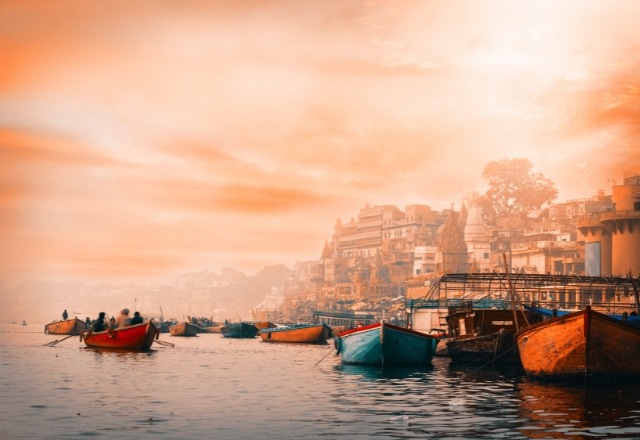
by pankaj | Nov 25, 2025 | Blog, Friends Trip, international, International Destinations, Latest Post, Travel Tips, vacations, Vacations & Leisure
India’s vastness is one of its greatest charms. From the snow-capped peaks of the Himalayas to the sun-kissed beaches of Goa, from the spiritual tranquility of Varanasi to the royal grandeur of Rajasthan, India is a land of contrasts. Here are some top destinations and experiences you should not miss:
1. The Spiritual Heart of India: Varanasi and Rishikesh
Varanasi: As one of the oldest living cities in the world, Varanasi is the spiritual and cultural heart of India. Located on the banks of the Ganges River, this city offers a deep connection to India’s religious heritage. Visitors come here to witness the mesmerizing Ganga Aarti, take a boat ride on the Ganges at dawn, and experience the palpable sense of devotion that fills the air. The temples, ghats, and narrow alleyways are a living testament to India’s ancient traditions and spiritual practices.
Rishikesh: Known as the “Yoga Capital of the World,” Rishikesh is a serene town nestled in the foothills of the Himalayas. It is a popular destination for spiritual seekers, yoga enthusiasts, and adventure lovers. You can join an ashram for a meditation retreat, try your hand at white-water rafting on the Ganges, or simply unwind in the peaceful surroundings of the mountains. Rishikesh is also a gateway to the Char Dham pilgrimage circuit, which includes some of the holiest shrines in Hinduism.
2. The Royal Glory of Rajasthan
Rajasthan, the land of kings, offers a fascinating blend of history, architecture, and vibrant culture. This northwestern state is dotted with grand palaces, fortresses, and colorful bazaars, all of which speak to its royal heritage.
Jaipur: Known as the “Pink City,” Jaipur is famous for its stunning palaces and forts, such as the Amber Fort, City Palace, and Hawa Mahal. The bustling markets filled with textiles, jewelry, and handicrafts make it a paradise for shopaholics. Don’t miss a visit to the Jantar Mantar, an astronomical observatory with fascinating instruments.
Udaipur: Often called the “Venice of the East,” Udaipur is renowned for its beautiful lakes and palaces. The City Palace, which overlooks Lake Pichola, offers breathtaking views, while the Jag Mandir Palace is a serene spot to watch the sunset. Udaipur’s charming streets and vibrant culture make it a romantic and peaceful retreat.
Jodhpur: Known for the majestic Mehrangarh Fort, Jodhpur is the gateway to the Thar Desert. The city’s blue-painted houses give it a unique, otherworldly vibe. The market near the clock tower, with its handicrafts, textiles, and spices, offers an authentic Rajasthani shopping experience.
3. The Beaches of India: Goa and Kerala
Goa: Goa is synonymous with pristine beaches, vibrant nightlife, and laid-back vibes. Whether you’re lounging on the beach, surfing the waves, or exploring the Portuguese-influenced churches and cathedrals, Goa’s unique mix of culture and natural beauty makes it a must-visit destination. Visit the beaches of Anjuna, Baga, and Palolem, each offering a different slice of paradise.
Kerala: Often referred to as “God’s Own Country,” Kerala is famous for its tranquil backwaters, lush green landscapes, and idyllic beaches. Take a houseboat ride through the backwaters of Alleppey, relax in the hill stations of Munnar, or enjoy the cultural performances of Kathakali and Theyyam in local temples. Kerala’s Ayurvedic spas are world-renowned, making it a perfect destination for wellness and relaxation.
4. Adventure in the Himalayas: Leh-Ladakh and Himachal Pradesh
Leh-Ladakh: If you’re an adventure seeker, Ladakh is a dream come true. With its stunning landscapes, snow-capped mountains, and rugged terrain, Leh-Ladakh is perfect for trekking, biking, and river rafting. The monasteries of Leh, like Hemis and Thiksey, offer a peaceful escape, while the magnetic hill and Pangong Lake are just some of the awe-inspiring natural wonders that make Ladakh so unique.
Himachal Pradesh: The Himalayan state of Himachal Pradesh offers some of the best trekking routes in India. Popular destinations include Manali, Shimla, and Spiti Valley. Whether you’re hiking to the top of Triund or skiing in Solang Valley, Himachal offers thrilling experiences for nature lovers and adrenaline junkies alike.
5. South India’s Temples and Culture
Madurai and Chennai: Madurai, home to the spectacular Meenakshi Amman Temple, is a cultural hub in Tamil Nadu. The intricately carved gopurams (temple towers) are a testament to the architectural brilliance of the region. Chennai, a coastal city, offers a mix of historical sites, such as the Fort St. George and Kapaleeshwarar Temple, along with serene beaches and thriving classical dance and music traditions.
Hampi: A UNESCO World Heritage Site, Hampi is a marvel of ancient Indian architecture. The ruins of the Vijayanagara Empire, including the Virupaksha Temple and Vittala Temple complex, transport visitors to a different era. The boulder-strewn landscapes, ancient step-wells, and rock carvings add to the allure of this incredible site.
6. The Northeast: A Hidden Gem
India’s northeast is an enchanting, less-explored region that offers natural beauty and rich cultural diversity.
Sikkim: Nestled in the Himalayas, Sikkim is home to lush valleys, pristine lakes, and magnificent monasteries. Tsongmo Lake and the Nathula Pass are popular spots for trekking and sightseeing, while Pelling offers panoramic views of Kanchenjunga, the third-highest mountain in the world. Sikkim’s Buddhist culture adds to its charm.
Meghalaya: Known as the “Abode of Clouds,” Meghalaya offers breathtaking natural beauty with its misty hills, living root bridges, and waterfalls. The town of Shillong has earned the nickname “Scotland of the East” for its scenic charm, while Cherrapunji is one of the wettest places on Earth.
Tips for Traveling in India
Plan Ahead: India is vast and diverse, so it’s essential to plan your trip according to the regions you want to visit and the time of year. The weather can vary greatly, so packing accordingly is key.
Cultural Sensitivity: India is culturally diverse, and customs can vary from region to region. Respect local traditions, especially in places of worship.
Local Cuisine: India’s food is as varied as its people. Don’t miss out on regional specialties like Biryani in Hyderabad, Rajasthani Thali in Jaipur, and Dosas in Chennai. Just be mindful of the spice levels!
Transportation: India’s transportation options are varied, including trains, buses, taxis, auto-rickshaws, and even camel carts in some areas. It’s wise to book your train tickets in advance for long journeys, and be prepared for the sometimes chaotic nature of traffic.
Safety: While India is generally safe for travelers, always stay vigilant, especially in crowded areas. Be cautious of scams and take precautions when it comes to food and water.

by pankaj | May 10, 2024 | Destinations, India, international, International Destinations, Latest Post, Sports Accessories
From the ancient arenas to the modern marvels of today, stadiums have captivated our imaginations and served as vital hubs for sports and cultural events in our communities. Let’s dive into the top 10 biggest stadiums on a global scale, discussing their history, progression, and dimensions.
- Narendra Modi Stadium, Ahmedabad, India (Capacity: 132,000): Introduced in 2020, this stadium bears the status of the world’s largest. Among its unique features is the modern roof looked like a lotus petals that combines luxurious facilities such as private boxes and club lounges. The stadium complex also provides an Olympic pool, an indoor cricket academy, and a museum on the history of cricket in India.
- Rungrado 1st of May Stadium, Pyongyang, North Korea (Capacity: 114,000): which opened in 1989 is infamous for its enormous size and links to North Korean mass games, well-rehearsed and spectacular public events that can bring thousands of people together. The details of how the stadium will be used after these events are not entirely clear. However, beyond its enormous size, the Rungrado 1st of May Stadium is distinguished by its architectural features, such as 16 white marble-clad arches and a main roof supported by huge concrete pillars.
- Michigan Stadium, Ann Arbor, Michigan, USA (Capacity: 107,601): The campus of Michigan called “The Big House” with the highest attendance record in college football. Constructed through many phases since 1927, this stadium is a perfect reflection of the continuous growth of the monstrous proportions of the US sports venues. The stadium’s horseshoe design provides an optimal view for the fans; also, its enormous size contributes to the electrifying football game atmosphere.
- Beaver Stadium, State College, Pennsylvania, USA (Capacity: 106,572): Being the home ground to Penn State Nittany Lions football team, many reconstructions have been done since the beginning in 1909. Its intimidating atmosphere is lore among college football fans. Reflecting the historical importance of the area’s former beaver hunting grounds, the stadium is locally known as “Beaver Stadium.” It has limestone exterior and upper deck features latticework trimmings.
- Ohio Stadium, Columbus, Ohio, USA (Capacity: 102,780): Nicknamed “The Horseshoe” for its distinct horseshoe shape, Ohio Stadium functions as the center of the football universe of Ohio State Buckeyes fans. It was established back in 1922, and a number of important games were played there. Nowadays, it is one of the major stadiums for the college football games. The horseshoe nature of the stadium allows spectators from most angles to be close to the field, and the open-air concourses add a festive mood during the games.
- Kyle Field, College Station, Texas, USA (Capacity: 102,733): The place where Texas A&M Aggies play football, Kyle Field, is typical of the magnanimity of college football stadiums in this country. Its famous Twelfth Man tradition – the name for a place where a designated group of students remains standing throughout the game to produce a constant din of support – gives the stadium the best energy. Kyle Field had a major expansion in 2015, including premium seating and a successful south end zone video board.
- Tiger Stadium, Baton Rouge, Louisiana, USA (Capacity: 102,321): This Legion Field boasts of its deafening crowd noise and is a fortress for LSU Tigers football team. Opened in 1924, it has undergone upgrades from time to time to maintain its status as one of the best college football venues. The stadium of LSU Tigers football team is commonly referred to as “Death Valley” for being a hostile place for opposing teams and the lower deck literally surrounds the field creating a very loud and menacing environment on game days.
- Neyland Stadium, Knoxville, Tennessee, USA (Capacity: 101,915): Famously called “The Neyland Zoo” among the passionate fans, Neyland Stadium is a historic arena of University of Tennessee football. Completed in 1921, it has been repeatedly enlarged to accommodate a larger number of visitors. The stadium’s orange hue, reflecting the university colors, is quite a sight to behold, especially on night games when the entire arena lights up in orange.
- Darrell K Royal-Texas Memorial Stadium, Austin, Texas, USA (Capacity: 100,119): Being the home to the University of Texas Longhorns football team, this stadium is a very prominent structure on the Texas campus. It was opened in 1924, and the expansion and modernization of the stadium have kept it a central hub of college football games. The stadium’s design is Spanish Revival-style architecture, thus showing the local fashion. In 2009, the giant video board was installed on the south end zone, which consequently made the fans have an even better experience.
- Estadio Azteca, Mexico City, Mexico (Capacity: 87,523): Estadio Azteca, which is the largest stadium in Latin America. The stadium was opened in 1966; it was the venue for the FIFA World Cup finals of 1970 and 1986, making it the first to host two World Cup games. The Azteca as well is famous for its high altitude, and this is quite a challenge for most visitors. Its Aztec architecture brings a unique tone to the arena, and the raucous Mexican fans make the whole place ecstatic during games.
With the information above, we have come to the end of our tour of the 10 largest stadiums in the world. Such gigantic arenas represent our attachment to sports, spectacle, and the feeling of togetherness when we are supporting our favorite teams. With the advancement of stadium design and technology, it will be interesting to see how these giants will change and which new monsters will take over in the future.

by pankaj | Apr 4, 2024 | Blog, international, Latest Post
Mankind’s love for ascending in height stems from the distant past. From the rich spires of old-world cathedrals to the supermodern architectural structures of today, skyscrapers symbolize aspirations, innovation, and progress. We are going to climb up the elevator shaft and discover the top 11 tallest buildings in the world with interesting construction backgrounds.
- Burj Khalifa, Dubai (828 meters)

The absolute boss of the buildings is the Burj Khalifa, revealed in 2010. This architectural wonder in Dubai boasts an amazing 163 floors and holds various records, including the tallest building, single floor structure, and highest outdoor observation deck. The construction started in 2004, and the concrete core was raised at the average rate of one floor per three days. The project employed more than 33,000 workers and used enough concrete to build 20 Empire State Buildings!
- Merdeka 118, Kuala Lumpur (678.9 meters)
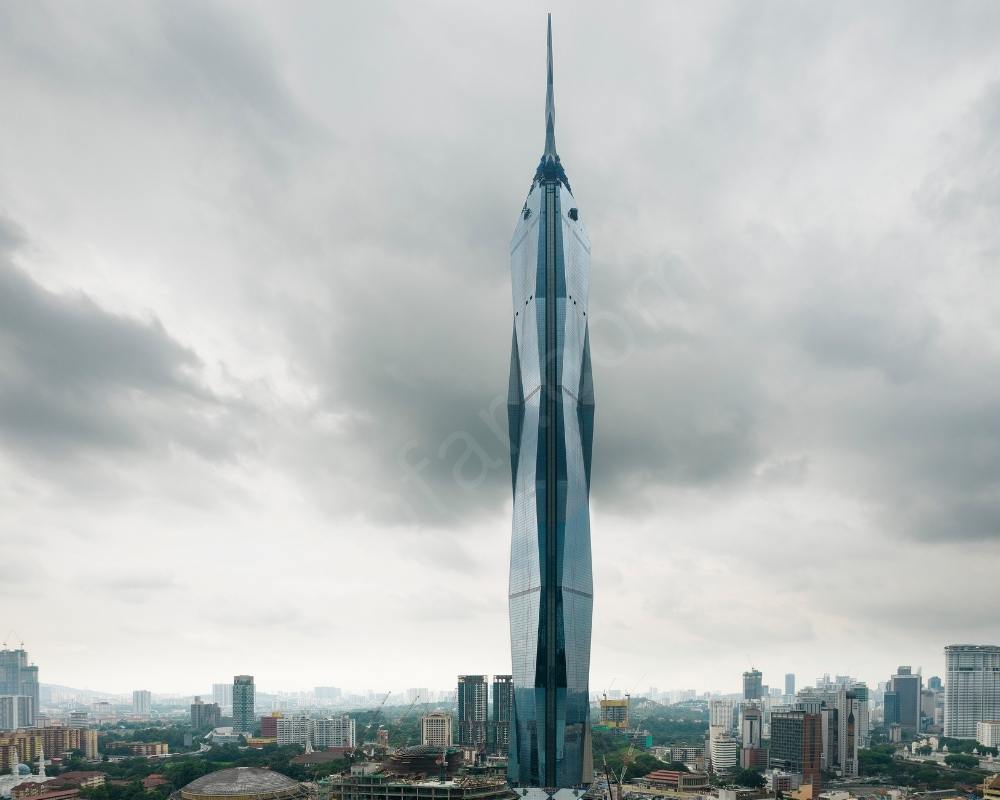
The newly finished Merdeka 118 in Kuala Lumpur (2022) is now the world’s second tallest building. The construction commenced in 2014 with the incorporation of such sustainable features as rainwater harvesting and double-skin facade in order to decrease energy consumption. The design, which imitates Islamic motifs including geometric patterns, is a tribute to the country’s roots.
- Shanghai Tower, Shanghai (632 meters)
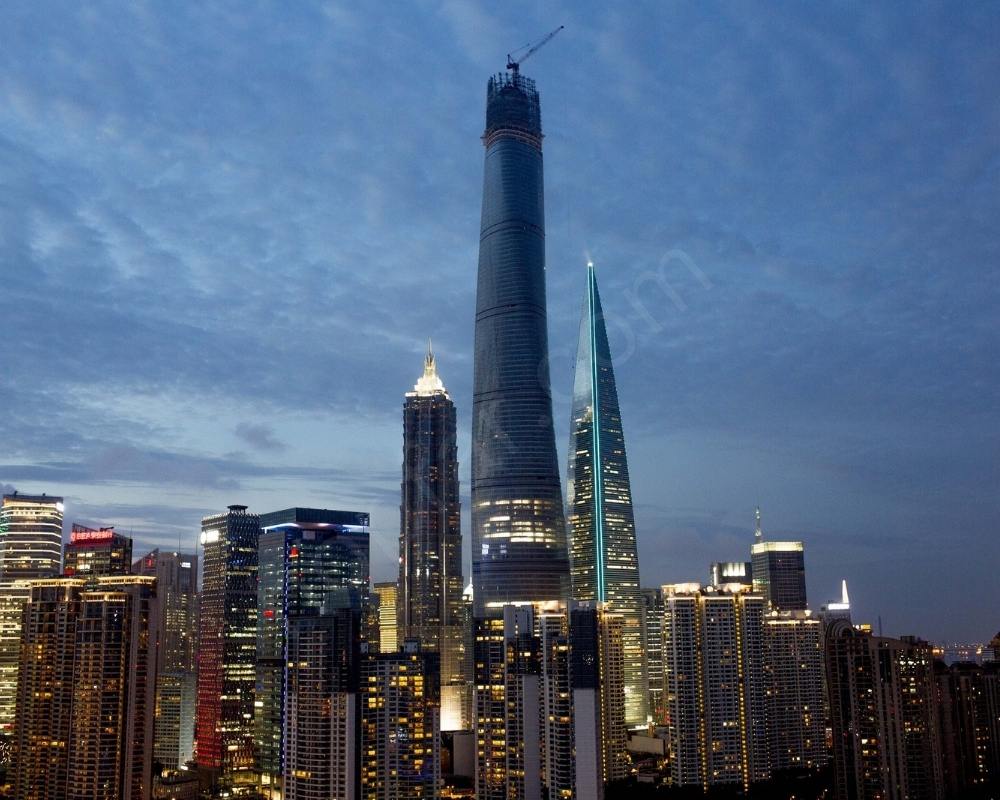
This twisted skyscraper (completed in 2015) in the Shanghai skyline is a perfect masterpiece of modern engineering. The clever, slanting construction means less wind resistance and more sights. Construction used new techniques of building a prefabricated wall of steel and concrete for faster erecting.
- Abraj Al-Bait Clock Tower, Mecca (601 meters)

Standing next to the sacred place of Islam’s Kaaba, the Abraj Al-Bait Clock Tower (completed in 2012) is simply a glorious mix of religious meaning into modern architecture. The complex involves the world’s biggest clock face and a five-star hotel. According to the construction regulations, the holy site and its surroundings were respectfully built with many details and thoroughgoing commitment.
- Ping An Finance Centre, Shenzhen (599.1 meters)
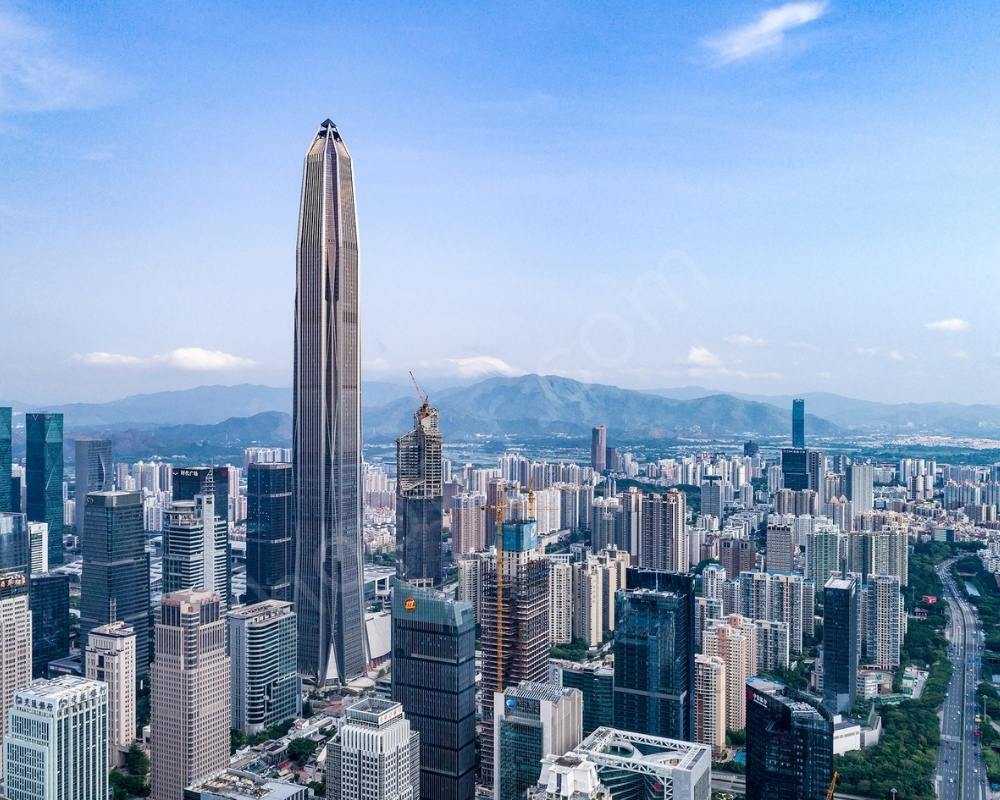
The Ping An Finance Centre in Shenzhen was completed in 2017 and it is a good example of this country’s booming architectural industry. The facade displays a sophisticated grid of diagonal trusses, making the design both visually stunning and functionally strong. Construction involved the use of high-strength concrete and modular steel components that helped it to attain its immense height.
- Lotte World Tower, Seoul (555.7 meters)

The Lotte World Tower, which is South Korea’s tallest building (completed in 2017), is a multifunctional complex that comprises offices, hotels, condominiums, and an aquarium. The design puts safety first, using a tuned mass damper to get rid of the wind energy and stop the excessive swaying. The construction process entailed careful planning to ensure the tower would not lean due to a soft soil foundation.
- One World Trade Center, New York City (541.3 meters)
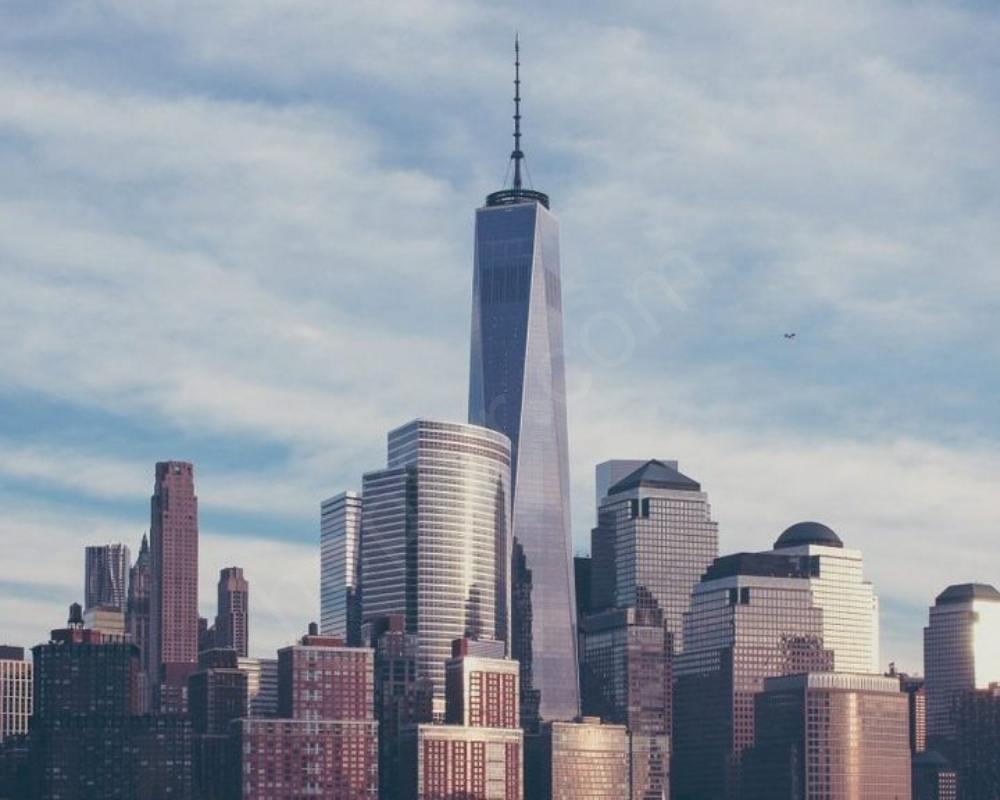
Standing bravely on the site of the former World Trade Center towers that were destroyed in 2001, One World Trade Center (completed in 2014) is a symbol of resilience and hope. The design not only repeats the elements of the old towers but also looks into the future. The construction team had to develop numerous engineering solutions in order to refurbish on a fragile ground which was also significant historically.
- Guangzhou CTF Finance Centre, Guangzhou (530 meters)
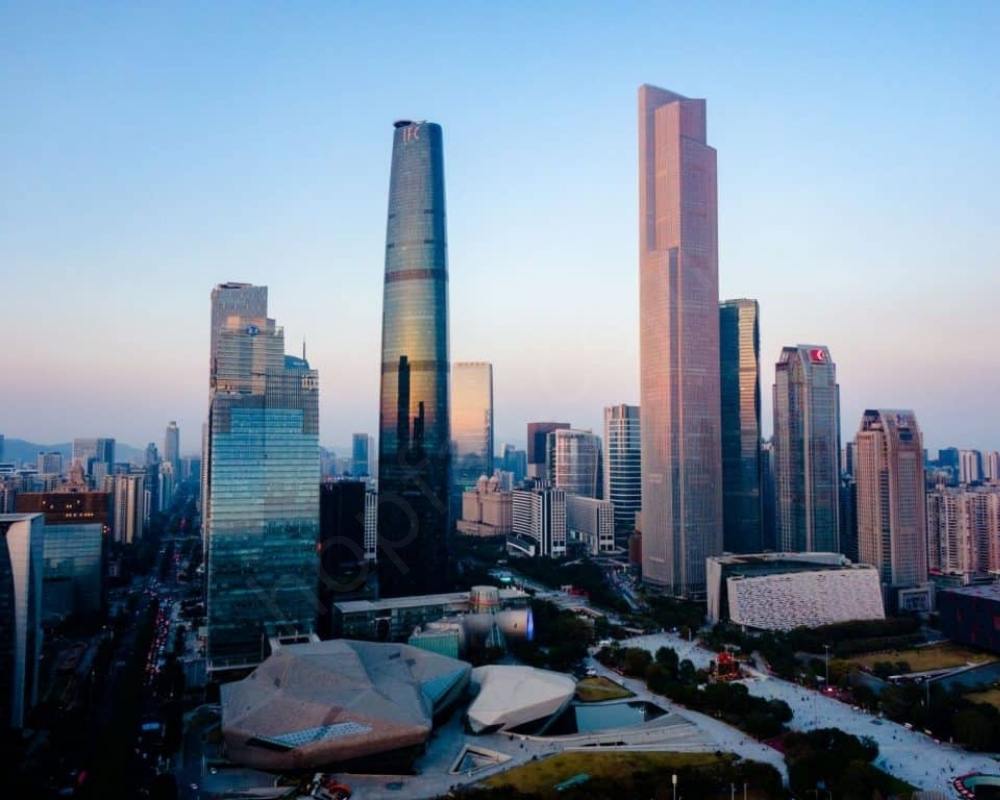
The Guangzhou CTF Finance Centre, one of the masterpieces of Chinese architecture, was completed in 2010. This three-lobed building was inspired by the nearby Pearl River Delta. The construction process evolved by using the latest type of building information modeling (BIM) software to guarantee the seamless cooperation among different construction groups.
- Tianjin CTF Finance Centre, Tianjin (530 meters)
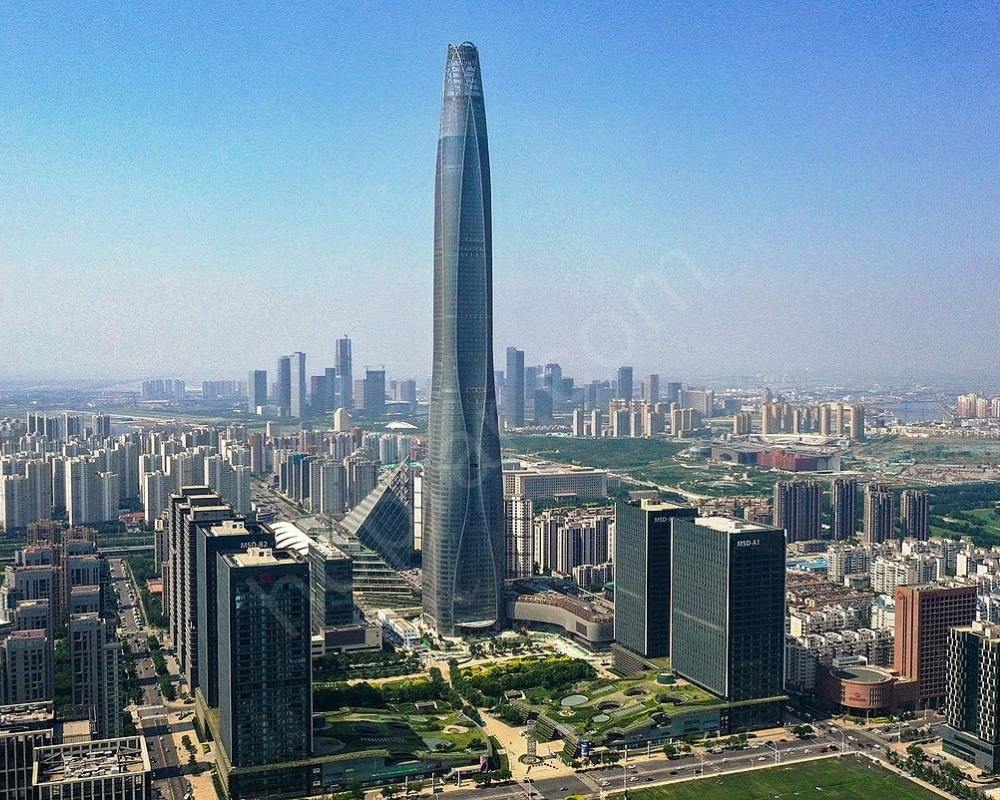
The Tianjin CTF Finance Centre like Guangzhou CTF Finance Centre has a three-lobed design but a different crown is the only difference between these two (completed in 2019). Building the second station provided an opportunity to apply the knowledge gained from the first, which led to a quicker completion.
- China Zun, Beijing (528 meters)
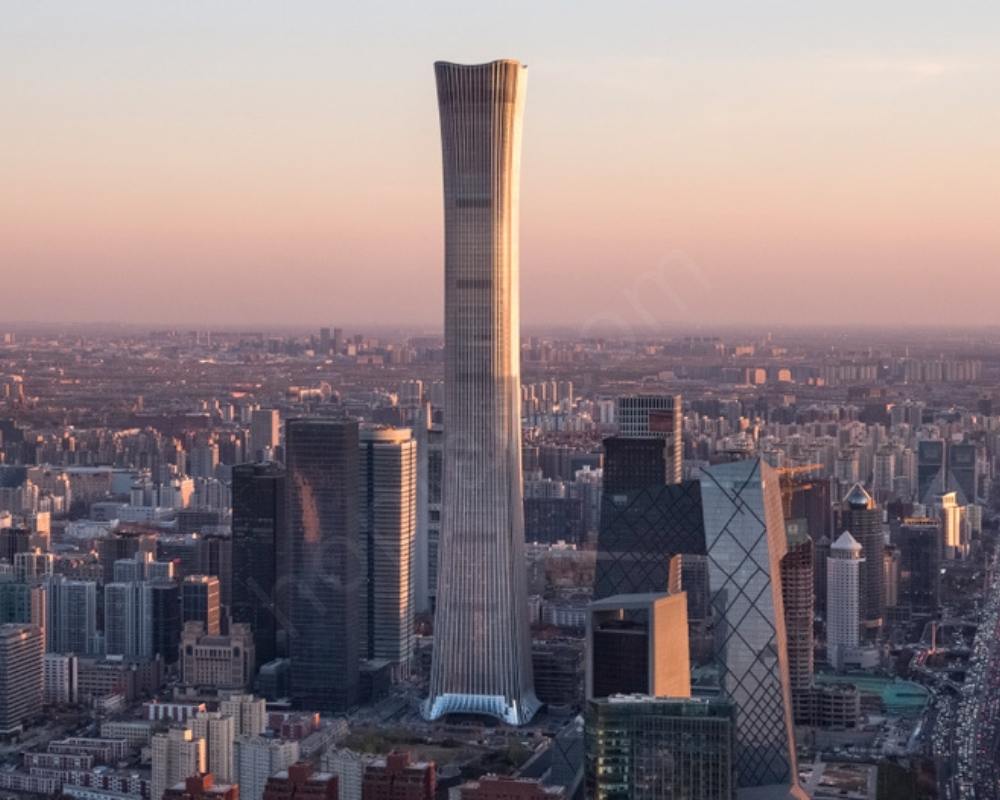
This building, which has been nicknamed “The China Zun” for its similarity to a Chinese imperial crown ornament, blends traditional Chinese features with the latest in skyscraper design (completed in 2018). The construction process entailed a complex steel diagrid structure that served as both a design element and as a structural support.
- Taipei 101, Taipei (509.2 meters)
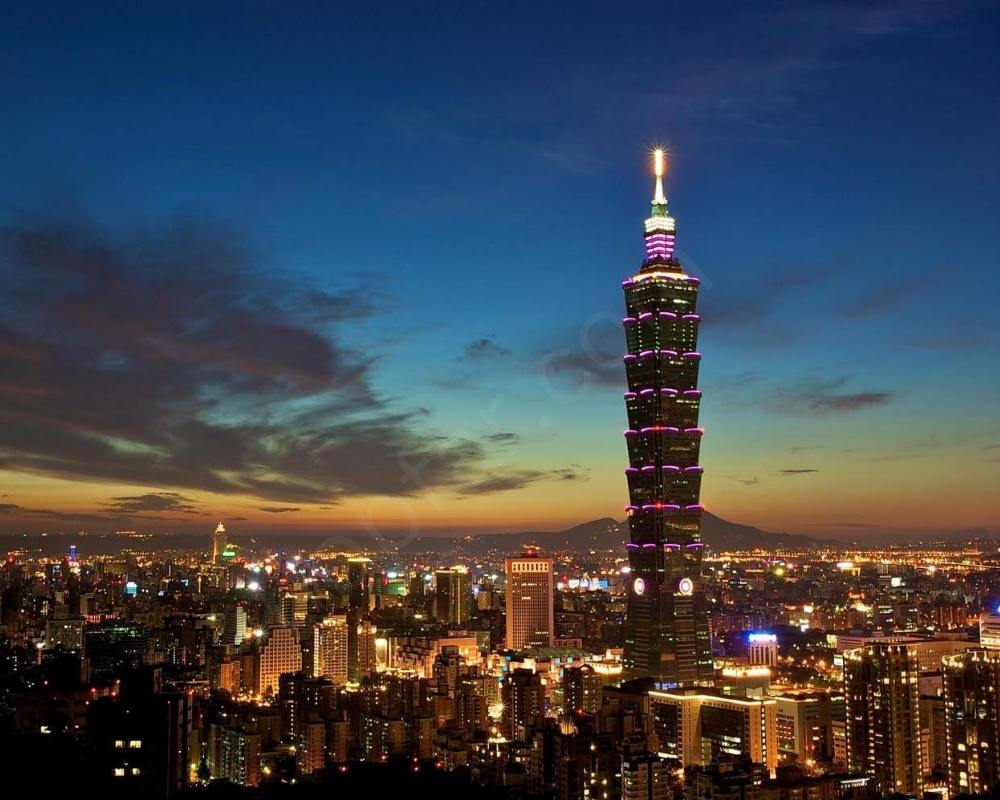
Taipei 101, the world’s tallest building at the time of its completion in 2004, stands for Taiwan’s leading position in technology and cultural sophistication. The design uses the shape of the traditional pagoda as a symbol of respect for the country’s history. The construction used a tuned mass damper, a giant pendulum that helps the tower to sway gently in strong winds, an important factor in Taiwan where typhoons frequently occur.
These super high buildings are not just engineering marvels; they are monuments to human achievement, creativity, and our urge to explore the limits of what can be done. As technology and design keep improving, the future of skyscrapers will be awe-inspiring with unimaginably tall buildings that reach even higher into the sky.

by pankaj | Mar 30, 2024 | Blog, international, Latest Post
Dams, mighty evidences of human creativity, have formed landscapes and tamed water flow for thousands of years. From producing electricity to providing water for irrigation, these giants play different roles. Today, we move to the top of the superlative world, studying the top 10 dams on our planet, which is the result of human knowledge and ambition.
- Jinping-I Dam (China)

On the top is the Jinping-I Dam in China with an overwhelming height of 305 m (1,001 ft). This amazing architectural structure depends on a strong arch design to prevent the flooding of the Yalong River. The dam’s horseshoe-shaped arch arches above the valley below, creating a beautiful silhouette. Its 13.5 kilometers (8.4 miles) long ridge is broad enough to take a multi-lane highway. The Jinping-I Dam not only impressed us with its height but demonstrates China’s devotion to innovation and the development of infrastructure.
- Nurek Dam (Tajikistan)
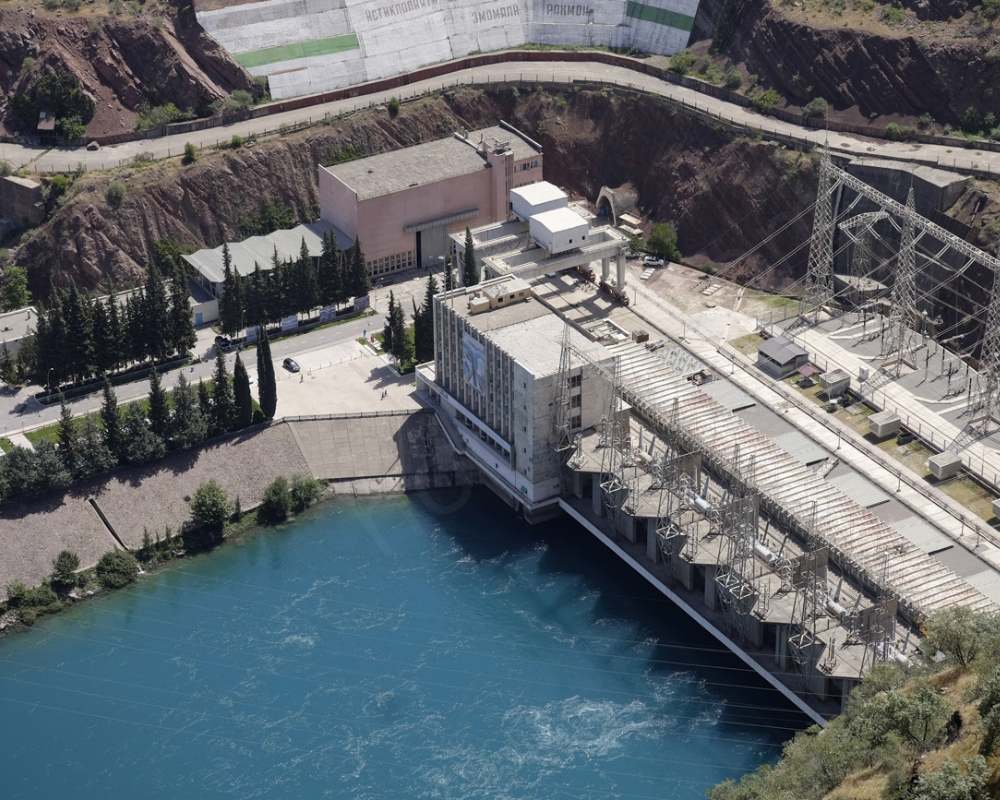
The Nurek Dam, located in Tajikistan, comes in second at 300 meters (984 ft). This giant is known as an embankment dam, which is a symbol of the vast scale of earthworks that are typical of modern engineering. The construction of the dam required moving a whopping 56 million cubic meters of rock and soil where an army of workers unceasingly toiled and bore the fruits. The Nurek Dam is not only an architectural miracle but also represents the will of the Tajik people to utilize their natural resources for economic development.
- Grande Dixence Dam (Switzerland)

The crown for the highest gravity dam is taken by the Grande Dixence Dam in Switzerland. Standing an impressive 285 meters (935 ft) tall, this concrete colossus casts up the power of Dixence River. The construction of the dam requires special funicular railways designed for the transportation of materials to the site, remote and chaotic, that cannot be reached by usual means of transportation. The Grande Dixence Dam is not only a source of clean energy but also confirms Switzerland’s reputation as a leader in engineering and environmental conscience.
- Rogun Dam (Tajikistan)
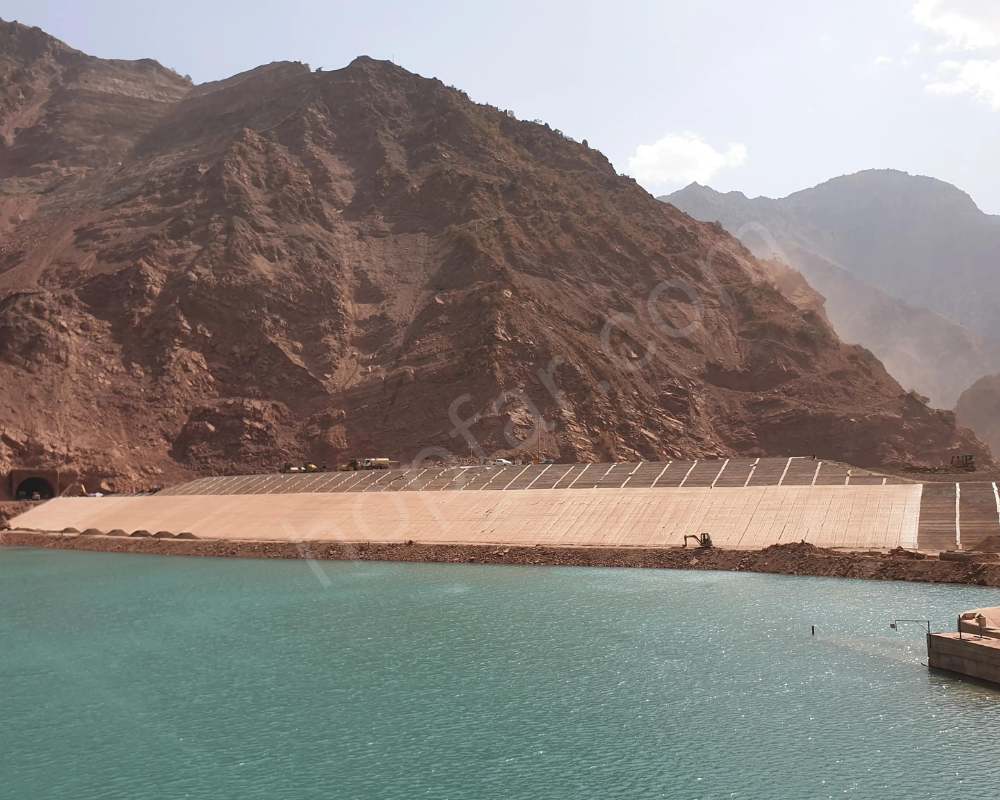
One more Tajikistani treasure adorns the list – the Rogun Dam. Even though it’s still under construction, it’s expected to reach a height of 335 meters (1,100 ft), following up on its mission of being a competitor for the top spot. The dam will be the world’s highest upon completion of its building, and its construction is thrashing the limits of engineering. The Rogun Dam represents Tajikistan’s desire for being a regional leader in energy production and confronting the hurdles of funding and technical know-how.
- Guyuan Dam (China)
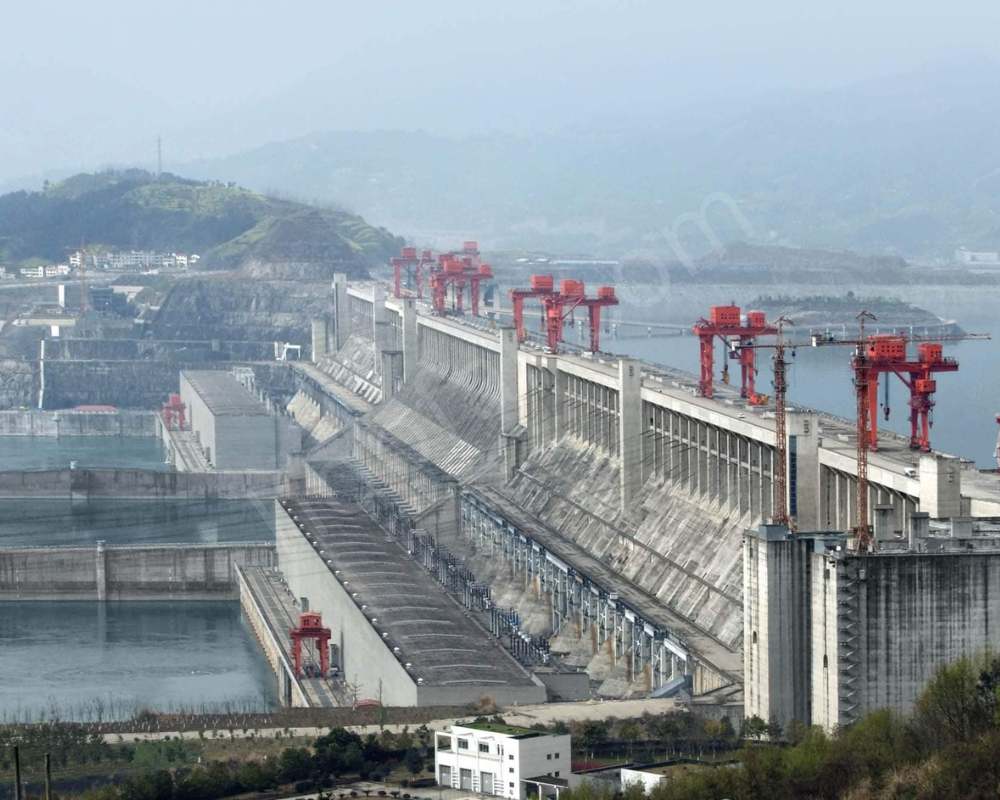
Another China’s appearance matches the Guyan Dam with a height of 272 meters (892 ft). This arch dam of modern Chinese engineering is a marvel of the modern era. The dam’s operation took advantage of modern technologies such as 3D computer modeling that guaranteed its structural stability and safety in the earthquake zone of the area. The construction of the Guyuan Dam shows both China’s advantages in dam construction and the sustainable development in the face of challenges of geological conditions.
- Vajont Dam (Italy)

The Vajont Dam in Italy, at 262 m high (860 feet), is a poignant lesson on the natural power. A tragic landslide in 1963 left the dam underwater, thus emphasizing on the careful environmental factors during construction of the dam. The Vajont Dam was a lesson and basically an awakening to the need of complete geological studies and risk assessment before embarking on such big massive projects. The tragedy of the Vajont Dam is a symbol of Italy’s engineering ingenuity and the wisdom of the mistakes of the past.
- Xiaowan Dam (China)

China occupies another place with the Xiaowan Dam at a height of 292 meters (958 ft). This double-curvature arch dam is not only challenging to construct but also a wonder of aesthetic complexity. The dam’s distinctive curved shape gives it the ability to endure high water pressure thus becoming ideal for the stretch and steepness of the river valley it impounds. The Xiaowan Dam illustrates China’s professionalism in the field of building strong structures that are capable of withstanding the natural forces but still meeting the growing water and energy needs respectively.
- Nourek Dam (Iran)
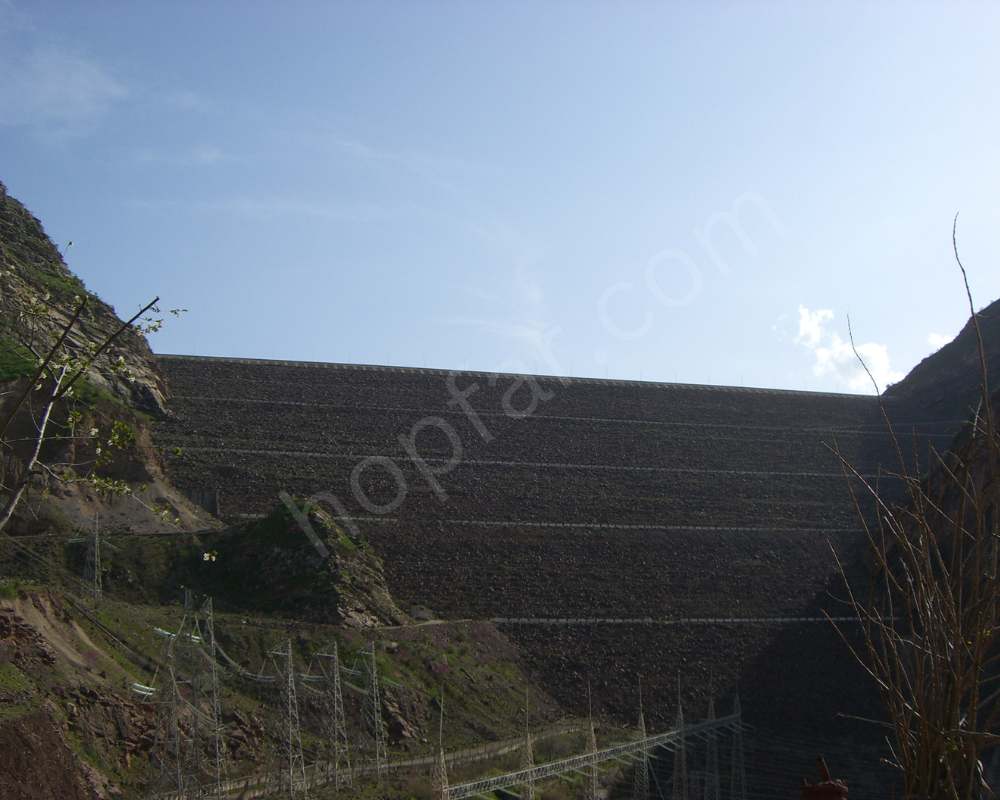
The largest dam in the Middle East, the Nourek Dam in Iran, extends to a height of 255 meters (837 ft). This dam with two arches is a highly valuable resource for the area providing both water and hydroelectric power. The dam does not only generate electricity but also stabilize the flow of the Hari River which reduces the risk of flooding and maintains a steady flow of water for irrigation. The Nourek Dam reflects Iran’s commitment to increasing infrastructure to close the infrastructural gap, along with their efforts to face water management issues in a semi-arid region.
- Longtan Dam (China)
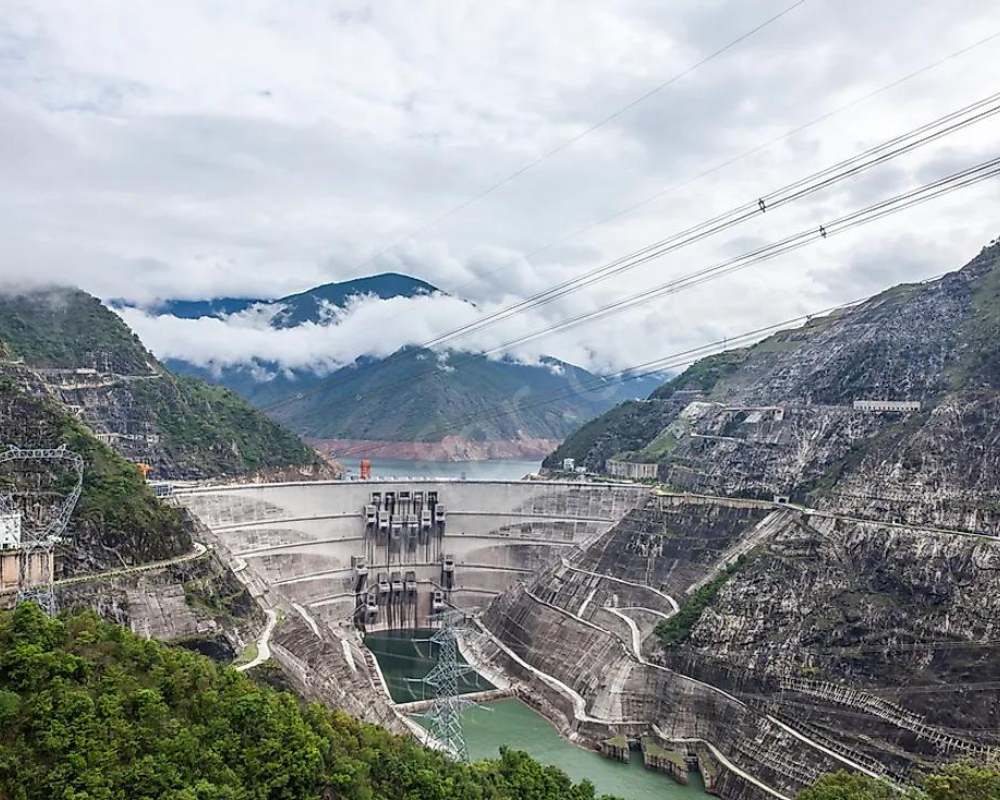
China also takes the ninth position with Longtan Dam’s height of 277m (909 ft). This is another example of Chinese leadership in dam building. The Longtan Dam is integral for both flood prevention and electric power production in the economy-booming eastern provinces of China. With the progression of urbanization and industrialization, the Longtan Dam suggests China’s dedication to sustainable development and the protection of environmental conditions via wise water resource utilization.
- Sardoba Dam (Tajikistan)
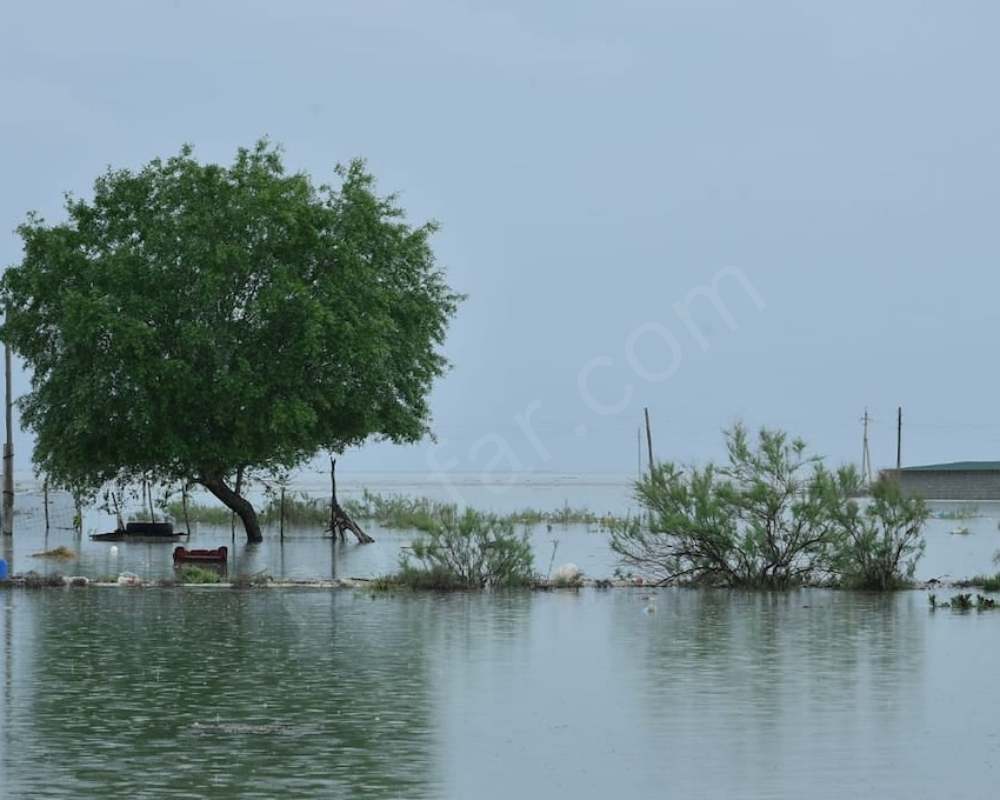
This rounds up the list with the trinity of Tajikistani dams including the Sardoba Dam, which is 265 meters (870 ft) high. This dam serves as a pivotal part in the management of water as well as hydropower production. The dam collapse of 2010 resulted in widespread damage, which brings to attention the need for appropriate maintenance and security procedures. The Sardoba Dam is not only a testimony of threats associated with large-scale infrastructure projects but also emphasis on maintaining the high safety standards and on-going monitoring to prevent huge failures.
These giants of civil engineering, with their gleaming charisma, speak of the spirit of human determination and ingenuity. They play very important roles as the major sources of water, irrigation, and electricity, thus transforming landscapes and the lives of numerous people on earth. While this can be true, we need to bear in mind that building a dam can also cause environmental and social problems. From disturbing the ecosystem to migrating the communities, these consequences must be sensitively reconsidered and mitigated. While we endeavor to take advantage of the potential of water we have to do it in a balanced and sustainable way, a situation which guarantees the future of both environment and humanity.

by pankaj | Feb 29, 2024 | Blog, City/State Tour, international, International Destinations, Latest Post, Tips
The world is full of different cultures and stunning landscapes which always attract tourists with their allure but mostly the challenge is to move through crowds. If you crave authentic experiences and serene exploration, consider venturing beyond the well-trodden path and discovering the charm of these 10 less-crowded cities.
- Valletta, Malta

Get yourself immersed in the fantastic history about the Knights of St. John in this fortified city. Get yourself lost in the winding streets decorated with baroque architecture, and absorb the sun’s warmth as you walk along the harbor walls. Alongside historical sights, Valletta also offers a diverse cultural scene that features modern art galleries, open-air performances, and vibrant festivals, which take place throughout the year.
- Luang Prabang, Laos

This UNESCO World Heritage Site is a window to the tranquil world of Buddhist monks. Take part in the dawn procession of saffron-robed monks as they go about collecting alms and see how numerous the temples are in every corner of the city. In the name of adventure, kayak down the Mekong river, trek through the surrounding mountains or visit the stunning Kuang Si Falls, the pièce de résistance in a cascading marvel surrounded by abundant jungle.
- Asunción, Paraguay

Get acquainted with the rich culture and colonial heritage of Paraguay in Asuncion, its capital. Stroll through the Palacio de López, attend the vibrant Mercado Central, and witness the fiery dynamism of a local football (soccer) game. Asunción has an interesting variety of green areas as well, including the Botanical Gardens and the Independence Park, which are great options for a break from the city hustle and a chance to relax by having a lunch picnic.
- Ljubljana, Slovenia

The Julian Alps housing the exciting mix of nature and city life definitely belong to Ljubljana. Walk along the Ljubljanica Riverbank, immerse yourself in the Vibrant Central Market, and go on a day tour to the 14th-century Predjama Castle which is literally a cave castle. If you need some thrill, go for a hike or bike through the park of Tivol, or try a boat cruise on Lake Bled, a beautiful glacial lake surrounded by mountains and a famous church on an island.
- Marrakesh, Morocco

Take a dip into the colorful Medina: a buzzing, multi-level maze filled with spices, clothes, and crafted jewelry and more. Don’t lose an opportunity to become a partaker of the tranquility of a conventional hammam (bathhouse). Leave the noisy Medina to discover the Stunning-Bahia Palace, a Moroccan architectural masterpiece or even take a break with the majestic and colorful Majorelle Garden which was designed by the French painter Jacques Majorelle.
- Kuala Lumpur, Malaysia

The glamorous city of Kuala Lumpur has both skyscraping buildings such as the Petronas Twin Towers and older sites of history, such as the Sultan Abdul Samad Building. Find the exciting street food, and experience the rich cultural mosaic of Southeast Asian metropolis. Opt-out of the city center and journey to explore the Batu Caves, a complex Hindu cave temple, on your way to the top by climbing 272 stairs decorated with colors, or visit the Perdana Botanical Gardens, a peaceful sanctuary showcasing a plethora of plants.
- Tallinn, Estonia

Step into the past in the fairy-tale medieval Old Town of Tallinn which is a UNESCO Bronze Age Site. Wander the stone-paved streets offered with multicolored structures, go to the stately Toompea Castle, and have a relaxed walk in the tranquil Kadriorg Park. If you want something extraordinary, check out the Lennusadam Maritime Museum, which is held in an old seaplane hangar. Go and spend a day on the island of Naissaar too, a car-free paradise with some of the finest beaches and historical landmarks.
- Winnipeg, Canada

Sample the warm Midwestern hospitality in Winnipeg called the “Gateway to the West.” Walk through the historical Forks National Historic Site, a meeting place for Indigenous peoples in the past, with many museums, shops and restaurants now. Take a walk on the Assiniboine River, and enjoy the diversity of the arts and culture in the city, by visiting numerous museums, theaters, and the ballet.
- Lecce, Italy

Find a difference in southern Italy by going to Lecce, also known as the “South Florence”. Enjoy the detailed Baroque architecture, especially the Lecce Cathedral, stroll along the picturesque squares like Piazza Sant’Oronzo and taste the regional cuisine, such as fresh seafood and orecchiette pasta. Beyond city, you can also get to Salento Peninsula, a well-known place with beautiful beaches, typical villages, and colorful festivals.
- Ushuaia, Argentina

Referred to as “The End of the World”, Ushuaia provides a special access to the spectacular nature of Tierra del Fuego National Park. Trek through rocky mountains, cruise the Beagle Channel, and enjoy a variety of fauna such as penguins and sea lions. For an adventure that will surpass your wildest imagination, walk to Antarctica, the coldest, windiest, and driest continent and behold its incredible glaciers and special wildlife.
Let this list be a launchpad for your global venture. The sheer number of undiscovered nuggets is amazing, with each one presenting an opportunity to get out of the usual tourist path, bond with the local people and create memories that will last forever. Well, take your bags, throw caution in the wind, and go on a trip to see the beauty of these underrated places.
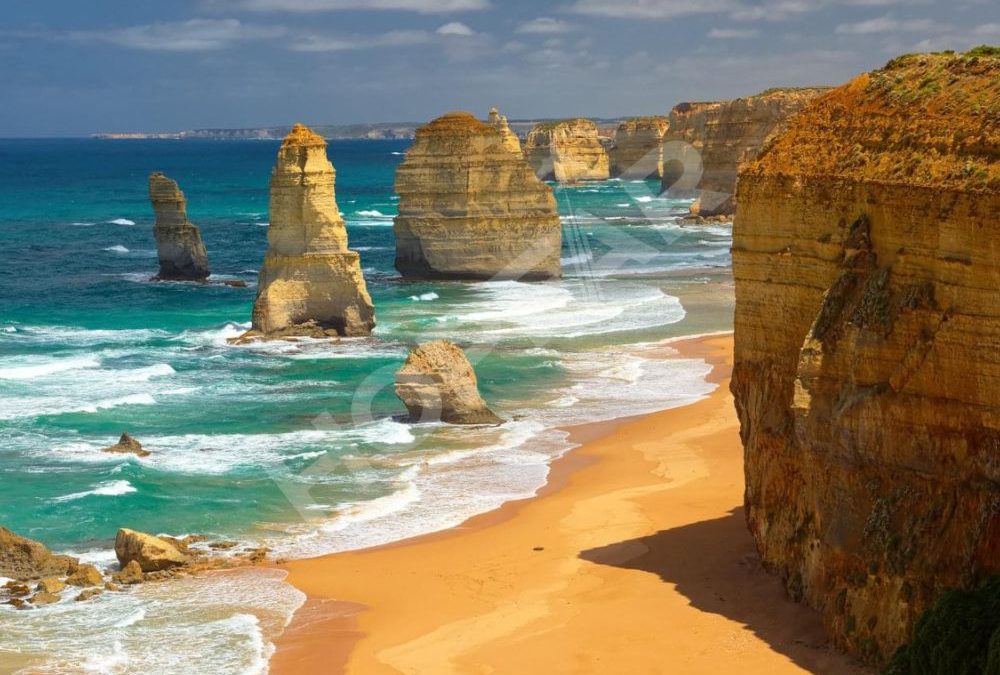
by pankaj | Feb 21, 2024 | Australia, Blog, international, International Destinations, Latest Post
Australia glows like an opal, each facet reflecting some aspect of its mesmerizing appeal. Apart from the popular landmarks such as the Sydney Opera House radiating under the morning sun and the Great Barrier Reef teeming with underwater splendor, lies a continent oozing multiple unique landscapes, multi-cultural settings, and hidden treasures waiting to be found.
With this expanded guide you have the opportunity to develop your journey to carry your spirit, traversing the unknown beyond the beaten path into the deepest heart of Australia’s untamed wild.
Nature’s Tapestry

For the adventurous explorer Australia offers a dazzling mosaic of ecosystem. Trek across the windswept plains of Tasmania’s Cradle Mountain-Lake St Clair National Park, where ancient pines keep secrets above sparkling lakes, amidst the jagged peak’s piercing skies. The waters of the Jervis Bay Marine Park are bio luminescent which you will experience while kayaking and spotting playful dolphins and migrating humpback whales against a shimmery skyline.
Plunge into the green arms of Daintree Rainforest, the oldest on the planet, its leaves pulsating with the songs of exotic birds and the movement of unknown animals. View the unbridled wilderness at Kakadu National Park, where old sandstone cliffs out of the crocodile-haunted floodplains, the hymns of the Dreamtime echoing in them.
Cultural Mosaic:

Australia shimmers with rich cultural frequencies. Take part in the kaleidoscope of the Vivid Festival in Sydney, where light installations change focal points into the fascinating exhibits, and the city is filled with creative energy. Go to the deepest part of the Red Centre, where Aboriginal nations have dwelled for thousands of years. Experience their relationship with the land during immersive events, traditional dances, and the deep, resonating sounds of the didgeridoo.
Relive history at Fremantle Prison in Western Australia through a guided tour and an audio compilation which is chilling enough. Delve into the multi-cultural texture of Melbourne where the lanes swarm with street art, the hidden bars groove with live music and the markets hum with the sounds of different cuisines.
Culinary Symphony

Foodies, rejoice! Australia delivers an explosion of tastes that perfectly depicts its landscapes and culture. Set off on a culinary journey at the vibrant “Queen Victoria Market” in Melbourne, with the market exhibiting a myriad of colors, scenting the air with tantalizing aromas and story telling with the local rhythm of the people. In Margaret River, soak in world-class wines amongst rolling vineyards and countryside cellar doors, with every sip embodying this sun-rich region.
Enjoy the ocean-fresh seafood platters on the waterfront in Cairns, the tropical gateway to Great Barrier Reef, where the flavors do the dance on your tongue together with the amazing views of coral reefs. To create a truly intriguing experience, combine a handcrafted didgeridoo and damper cooking class in the Outback to appreciate the ancient Aboriginal cuisine and harmonize with the land through food.
Hidden Gems
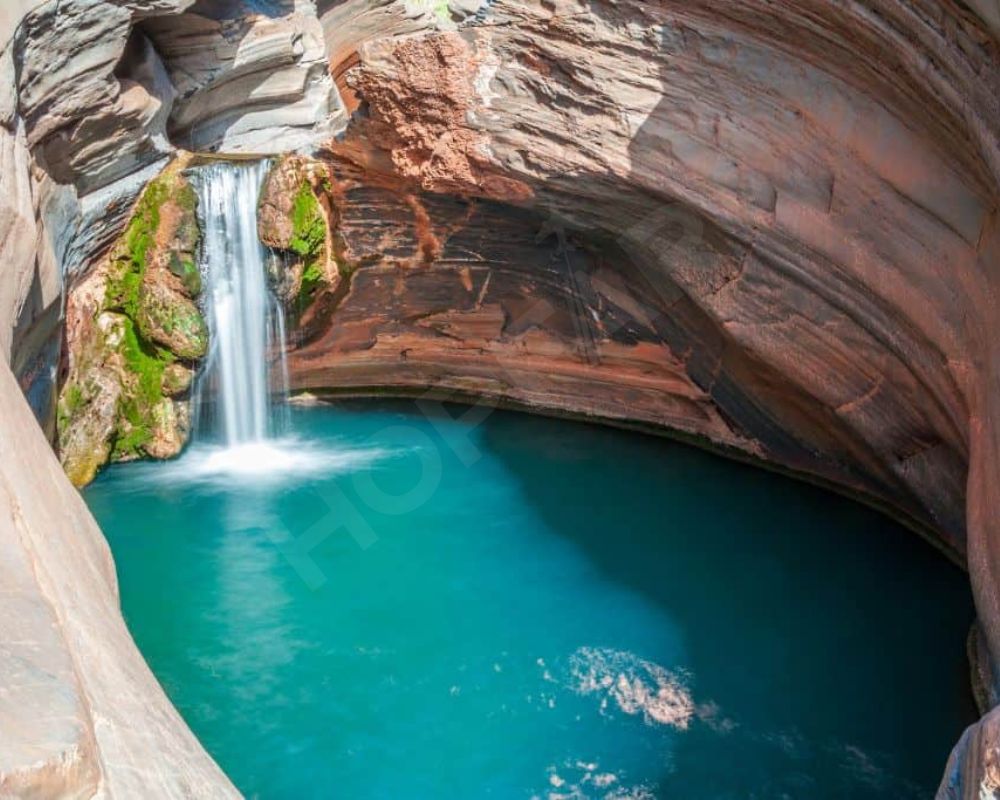
Go beyond the usual tourist route and explore Australia’s secret paradises. Wade around with the turquoise waters of Lake Mckenzie on Fraser Island, the biggest sand island in the world, where the tall dunes sing about shipwrecks and ancient forests. Cruise the Whitsunday Islands in a sailboat each morning with the sun rising over deserted beaches, and in the afternoon there will be snorkelling in coral reefs teeming with colorful marine life.
Travel to the Kimberley Region, this otherworldly wilderness that was shaped by long ago rivers and features cascading waterfalls, hidden gorges and Aboriginal rock paintings telling tales of the Dreaming. If you are searching for a real adventurous experience, hike the Flinders Ranges for a few days where the peaks and the old gorges keep astonishing you as you travel further, revealing the hidden stories of the harsh land.
Embrace the Unexpected

Remember the magic is in how Australia surprises you. Create a connection with a local at a country pub, whose stories will give you an insight into what “true blue” Australian spirit means. Take part in the colourful event of the community festival, letting yourself enjoy the celebrating life freely as Aussies.
Watch the stars in the Outback as the Milky Way spreads across the pitch-black background like a dream, giving you a glimpse of the universe’s endless size, evoking awe. Bring along your taste of adventure, a sprinkle of disorder, and an open heart. Australia is awaiting, all prepared to intrigue you with its undiscovered beauties and to leave you with the deepest imprints in your heart.
This is merely a beginning of your Australian journey. For every step you take, a new view emerges, a particular encounter is yet to be revealed, and a deeper bond with this remarkable place is formed. Therefore, get moving, roam around, and let this country make you feel like you were born under its stars.The adventure awaits!












































